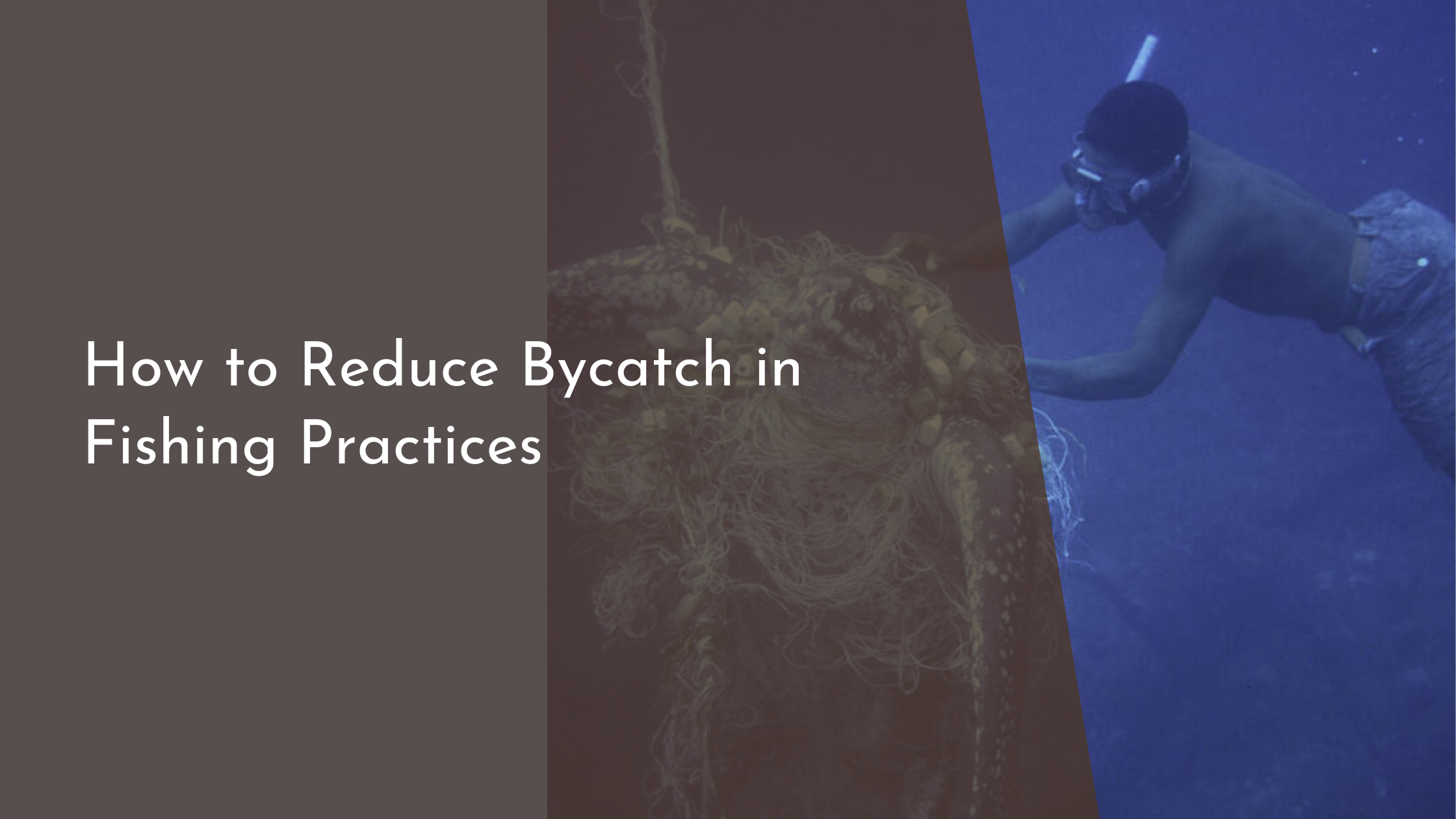How to Reduce Bycatch in Fishing Practices
Bycatch in fishing practices is an ongoing challenge that affects marine ecosystems worldwide. This unintended capture of non-target species can harm biodiversity and disrupt the balance of aquatic life. However, with the right strategies and innovations, it is possible to significantly reduce bycatch and foster sustainable fishing practices. Let’s explore how understanding the impact of bycatch, adopting innovative gear solutions, implementing effective policies, and educating the fishing community can make a difference.
Understanding the Impact of Bycatch
Bycatch can have profound ecological impacts, including the depletion of non-target species such as dolphins, sea turtles, and juvenile fish. These species often play critical roles in their ecosystems, and their removal can lead to cascading ecological effects. For instance, the loss of apex predators can result in the overpopulation of smaller fish, which may then lead to the overgrazing of primary producers like plankton and algae. Such disruptions can alter food webs and diminish the health of entire marine environments.
Moreover, bycatch contributes to the decline of species that are already under threat due to factors like habitat loss and climate change. This additional pressure can push vulnerable species closer to extinction, impacting biodiversity and ocean health. Understanding the far-reaching consequences of bycatch underscores the necessity for implementing targeted measures that mitigate these effects and safeguard marine ecosystems.
Innovative Fishing Gear Solutions
One of the most effective ways to reduce bycatch is through the use of innovative fishing gear. Modified fishing nets, such as those with escape panels or larger mesh sizes, allow non-target species to escape while retaining the target catch. The use of circle hooks instead of traditional J-hooks in longline fisheries can reduce the capture of sea turtles and other marine wildlife. Such innovations not only help conserve marine life but also improve the efficiency of fishing operations by reducing the time spent handling unwanted catch.
Acoustic deterrents and light-based technologies are also showing promise in reducing bycatch. For example, the use of pingers emits sound waves that can deter marine mammals from approaching fishing nets, while LED lights can help guide sea turtles away from gill nets. These technological advancements provide fishermen with practical tools to minimize bycatch without compromising their catch rates, promoting a balanced approach to sustainable fishing.
Implementing Effective Bycatch Policies
Effective bycatch policies are crucial for promoting sustainable fishing practices. These policies can include setting bycatch limits, mandating the use of selective fishing gear, and establishing marine protected areas where fishing is restricted or prohibited. Bycatch policies should be informed by scientific research and tailored to the specific needs of different fisheries and regions to ensure they are both practical and impactful.
Collaboration between governments, non-governmental organizations, and the fishing industry is essential to the successful implementation of bycatch policies. Engaging stakeholders in the policy-making process encourages compliance and fosters a shared commitment to reducing bycatch. Transparent monitoring and reporting systems further enhance the effectiveness of policies by providing data that can guide adaptive management and continuous improvement.
Educating and Engaging the Fishing Community
Education and engagement are key components in reducing bycatch. Providing fishermen with training on the use of selective gear and bycatch reduction techniques can empower them to adopt more sustainable practices. Workshops, informational campaigns, and hands-on demonstrations can help raise awareness about the ecological and economic benefits of reducing bycatch, leading to voluntary changes in behavior.
Engaging the fishing community in conservation efforts fosters a sense of stewardship and responsibility toward the marine environment. By involving fishermen in citizen science projects and encouraging their participation in data collection and monitoring programs, they can become active contributors to the solution. Building partnerships between scientists, conservationists, and fishermen creates a collaborative environment where knowledge and experiences are shared, resulting in more effective strategies for bycatch reduction.
Reducing bycatch is a critical aspect of sustainable fishing that requires a multifaceted approach involving innovative gear, effective policies, and active community engagement. By understanding the impact of bycatch and implementing practical solutions, we can protect marine biodiversity and ensure the long-term health of our oceans. Together, fishermen, policymakers, and conservationists can work towards a balanced and thriving marine ecosystem, benefiting both the environment and the communities that depend on it.


